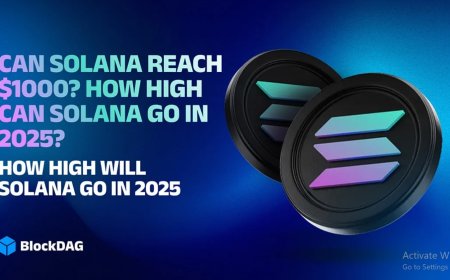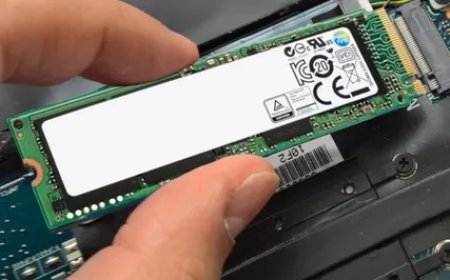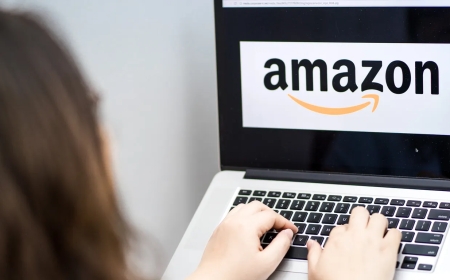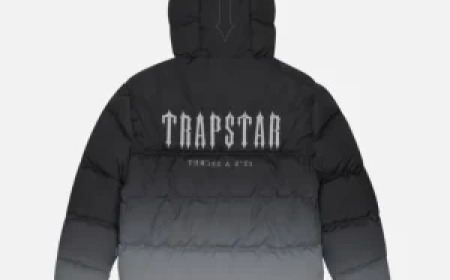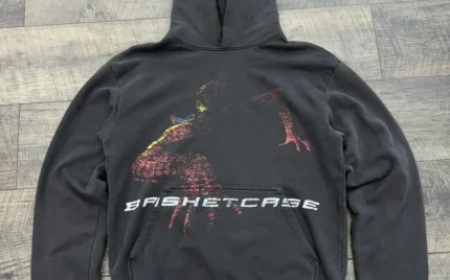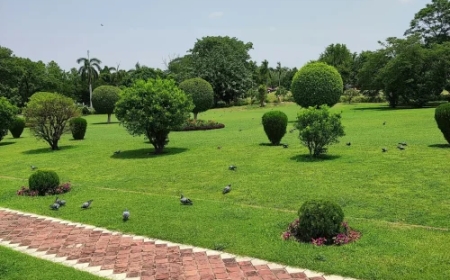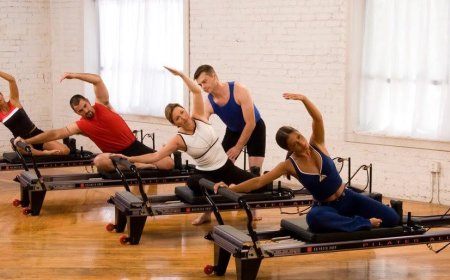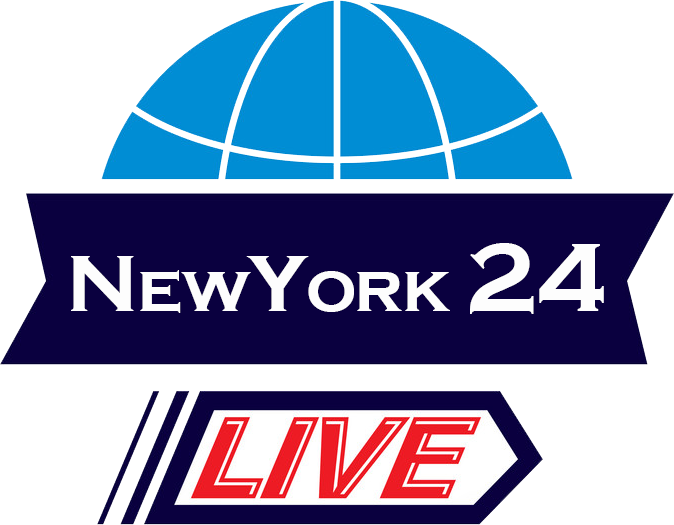Flat and Prefold Diapers: A Simple and Affordable Cloth Diapering Option
Discover the differences, benefits, and simple usage of flat and prefold diapers—affordable, eco-friendly options for modern cloth diapering.
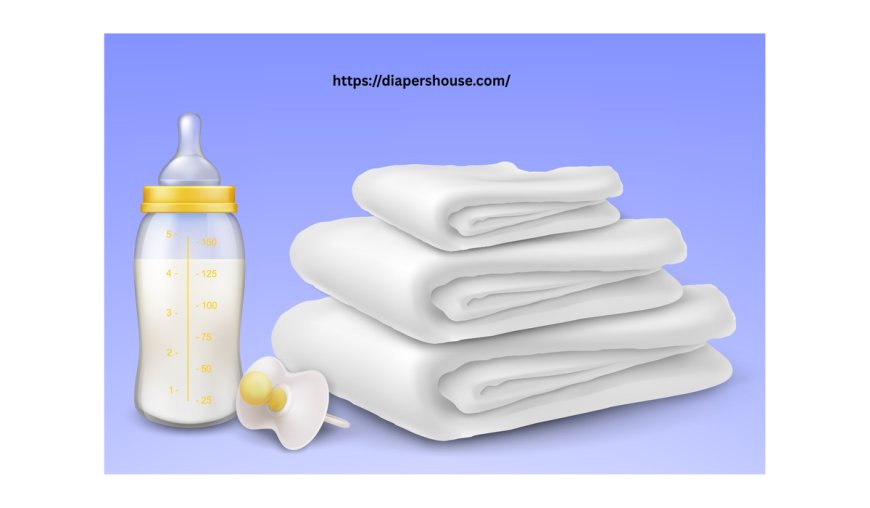
For parents choosing a sustainable and economical way to diaper their baby, cloth diapering offers many benefits. Among the various types, flat diapers and prefold diapers stand out as cost-effective and reliable choices. While they may seem old-fashioned at first glance, these diapers continue to be favored by families for their practicality and ease of use.
In this guide, well explore what flat and prefold diapers are, how they differ, their pros and cons, and tips on how to use and care for them effectively.
1. Understanding Flat and Prefold Diapers
Flat Diapers
Flat diapers are large, single-layer pieces of cloth, typically square or rectangular in shape. They require folding before use and are made from materials like cotton, bamboo, or muslin. Because of their basic design, flats are highly adaptable and suitable for babies of all ages. Youll need a waterproof cover to prevent leaks, along with a fastener like a Snappi or diaper pin to secure the fabric.
Prefold Diapers
Prefold diapers are a step more structured than flats. They are rectangular cloth diapers with multiple layers sewn into them, especially in the center panel. This central section is thicker, offering more absorbency where its most needed. Like flats, prefolds are used with a diaper cover, but they are quicker to fold and place on your baby.
2. Key Differences Between Flats and Prefolds
Although they serve the same purpose, flat and prefold diapers vary in structure and use. Flats are completely flat and require folding each time you use them, offering more flexibility in fit and absorbency. Prefolds, on the other hand, are partially sewn and easier to use, making them ideal for parents looking for a quicker diapering routine. However, they are less customizable than flats and take longer to dry due to their thicker layers.
3. Benefits of Flat Diapers
One of the biggest reasons parents choose flat diapers is their versatility and low cost. Here are some advantages:
-
Budget-friendly: Flats are among the most inexpensive diapering solutions available.
-
Fast-drying: With only one layer, they dry quickly, whether line-dried or machine-dried.
-
Highly adaptable: They can be folded in different ways to suit your babys size and absorbency needs.
-
Multi-purpose: Flats can be used as burp cloths, changing pads, or cleaning cloths once retired from diaper duty.
Flats are a smart choice for families wanting an efficient and simple diapering method without breaking the bank.
4. Benefits of Prefold Diapers
Prefold diapers combine simplicity with absorbency. Their design allows for quicker use while still being effective and gentle on your babys skin. Benefits include:
-
Built-in absorbency: The thick middle section handles heavy wetting better than a single-layer flat.
-
Ease of use: Less folding and faster setup make prefolds ideal for new parents or caregivers.
-
Long-lasting: With proper care, prefolds can last through multiple children.
-
Good for newborns: Their small size and high absorbency make them perfect for tiny babies.
Prefolds strike a good balance between convenience and affordability.
5. Potential Drawbacks
Flats
Flat diapers do require some learning and practice. Folding them properly can be time-consuming at first, especially when caring for a squirmy baby. They also require extra layers or boosters for nighttime use, as they may not provide enough absorbency on their own.
Prefolds
Prefolds are bulkier and can take longer to dry after washing. They also offer fewer folding options, so adjusting the fit for a growing baby may be more difficult compared to flats. Their layered design can also hold onto detergent buildup if not rinsed well.
6. How to Use These Diapers
Using Flat Diapers
-
Fold the diaper using your chosen method (such as pad fold or kite fold).
-
Place the folded diaper on your baby or in the diaper cover.
-
Secure it with a fastener if necessary.
-
Add a waterproof diaper cover to contain moisture and prevent leaks.
Using Prefold Diapers
-
Fold the diaper lengthwise or wrap it around your baby using a simple fold like the angel wing.
-
Fasten it using a Snappi or pin if needed.
-
Put on a waterproof cover over the prefold to keep everything dry.
Both diaper types work best when changed regularly and paired with a well-fitting diaper cover.
7. Choosing Materials and Sizes
Flat and prefold diapers come in several types of fabric. Cotton is the most common and easiest to maintain. Bamboo offers superior softness and absorbency but may take longer to dry. Hemp is highly absorbent and eco-friendly but tends to be a bit stiffer.
Prefolds usually come in various sizes such as newborn, infant, and toddler, while flats are typically one-size and can be folded to fit babies of different ages. Choosing the right material and size improves performance and comfort.
8. Washing and Care Instructions
To keep your diapers clean and absorbent:
-
Pre-rinse: Use cold water to rinse off waste and urine.
-
Main wash: Use hot water with a cloth diaper-safe detergent.
-
Extra rinse: Removes detergent residue and buildup.
-
Dry: Line dry in the sun when possible, or tumble dry on low heat.
Avoid bleach, fabric softeners, or dryer sheets, as they can damage the fabric and reduce absorbency.
9. Flat and Prefold Diapers vs Modern Styles
Modern cloth diapers like all-in-ones and pocket diapers offer convenience but can be expensive and slower to dry. In contrast, flats and prefolds are affordable, durable, and dry much quicker. They also allow more control over absorbency and fit. While modern styles are great for caregivers or daycare, flats and prefolds remain excellent for at-home use and those looking to reduce costs.
10. Final Thoughts
Choosing between flat and prefold diapers depends on your lifestyle, budget, and personal preferences. Flat diapers offer unmatched flexibility, quick drying, and affordability. Prefolds are more absorbent and easier to use, especially for those just starting out with cloth diapering.
Both types are great options for parents seeking a low-cost, environmentally friendly, and dependable diapering system. With a little practice, either can become an essential part of your baby care routine.







